#jeffersonia diphylla
Explore tagged Tumblr posts
Text

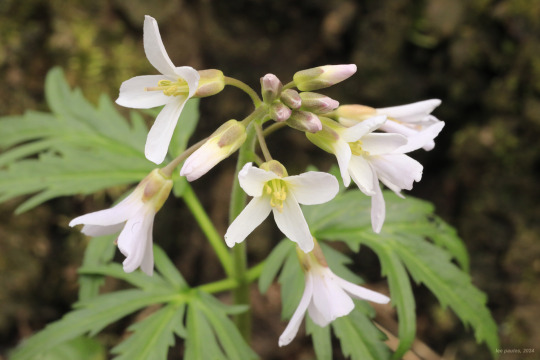

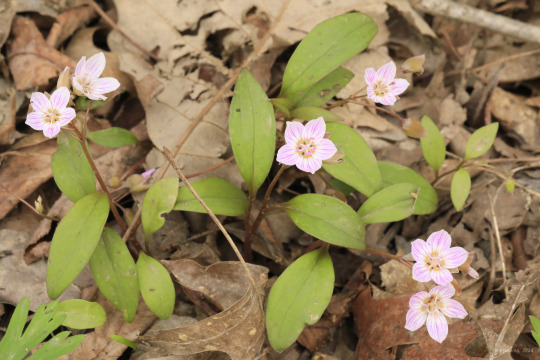
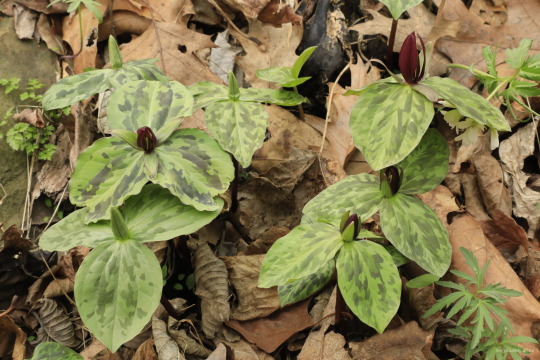


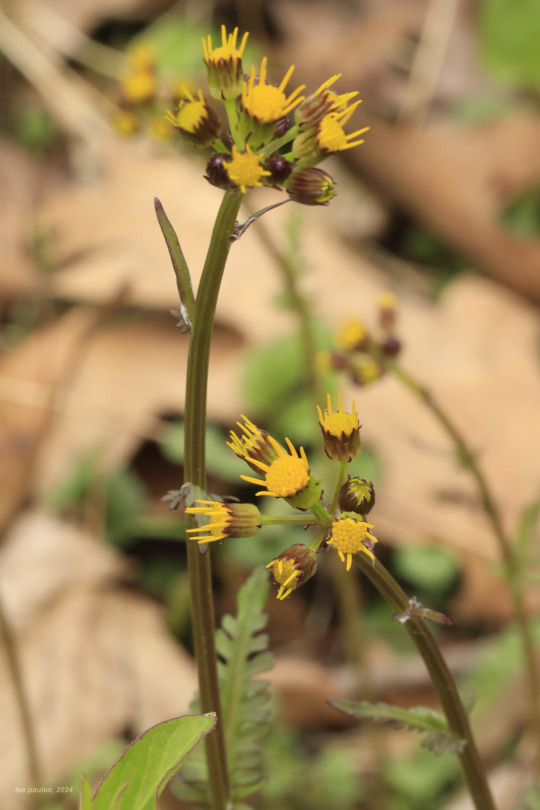

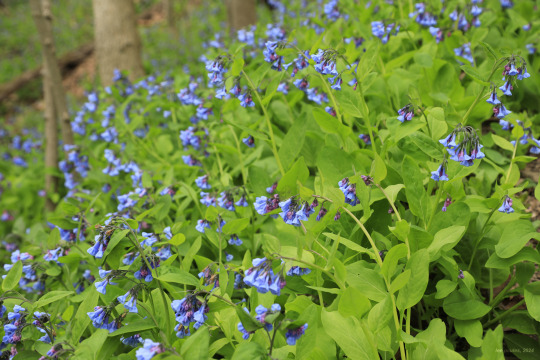
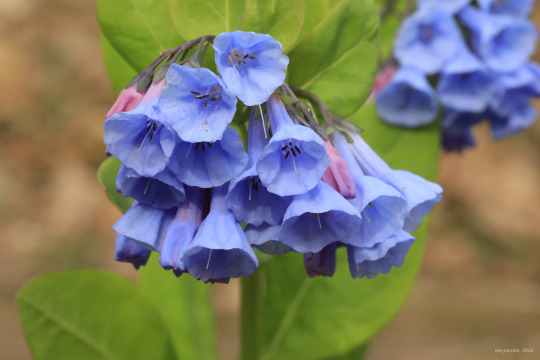
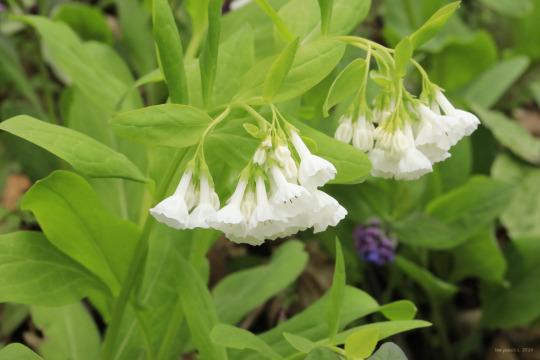

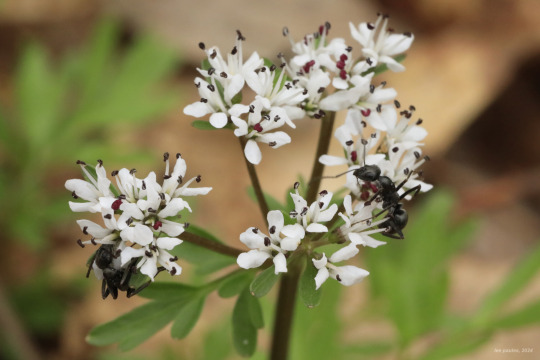

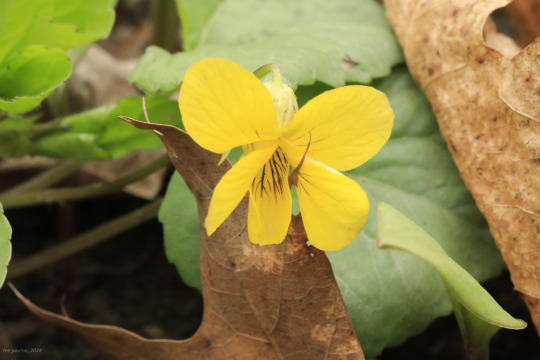
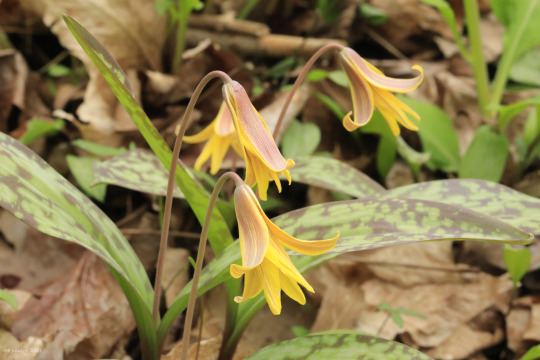



An Easter bouquet of some of Central Appalachia's finest spring wildflowers, courtesy of Core Arboretum at West Virginia University.
From top: cutleaf toothwort (Cardamine concatenata); Virginia spring beauty (Claytonia virginica); Carolina spring beauty (Claytonia caroliniana); sessile trillium (Trillium sessile); twinleaf (Jeffersonia diphylla); immature golden ragwort (Packera aurea); dwarf larkspur (Delphinium tricorne); Virginia bluebells (Mertensia virginica), including a rare white-flowered variation; woodland phlox (Phlox divaricata), also known as wild blue phlox; harbinger of spring (Erigenia bulbosa), also known as pepper and salt; Dutchman's breeches (Dicentra cucullaria); downy yellow violet (Viola pubescens); yellow trout lily (Erythronium americanum), also known as dog-tooth violet; and celandine poppy (Stylophorum diphyllum), also known as wood poppy.
#appalachia#vandalia#west virginia#spring#wildflowers#flora#core arboretum#west virginia university#morgantown
83 notes
·
View notes
Text
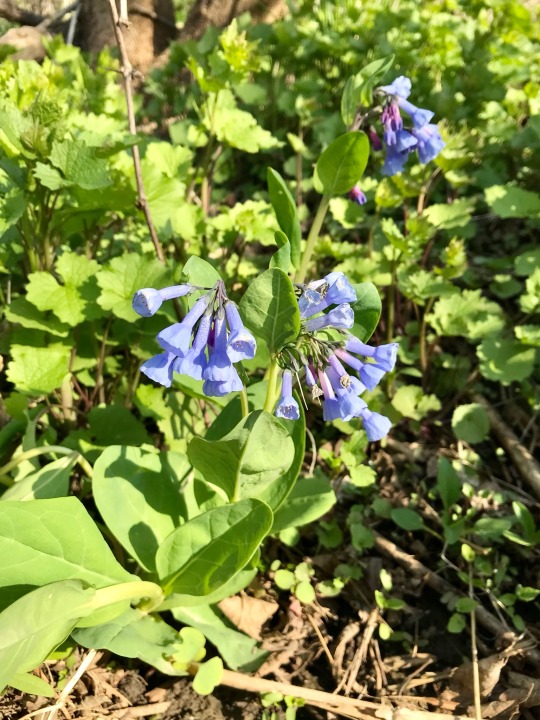
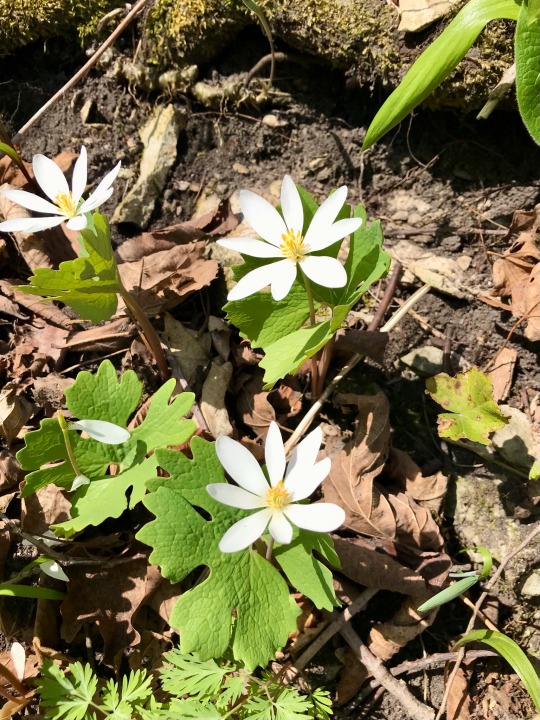
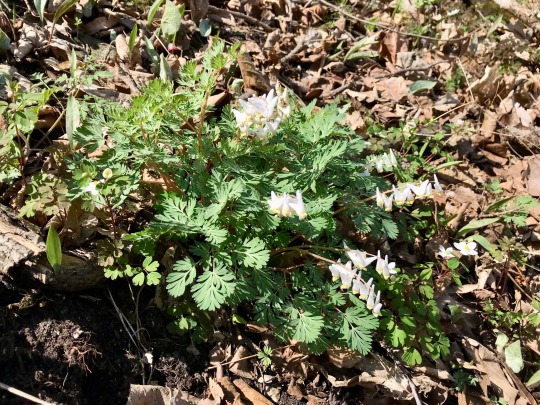
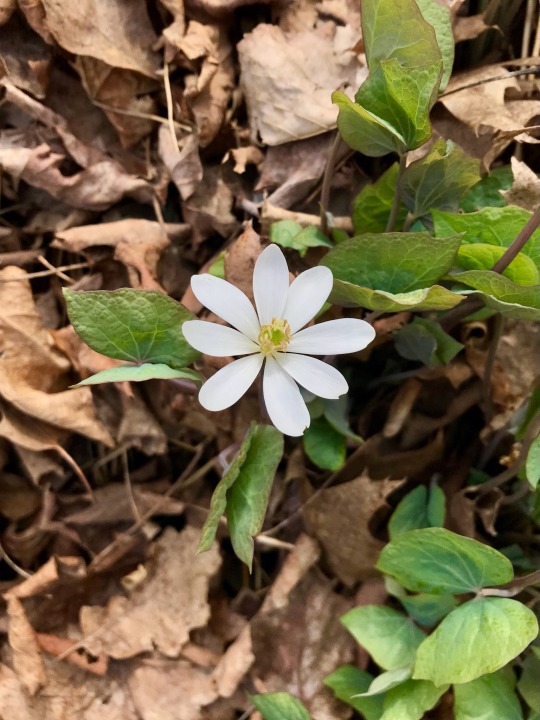
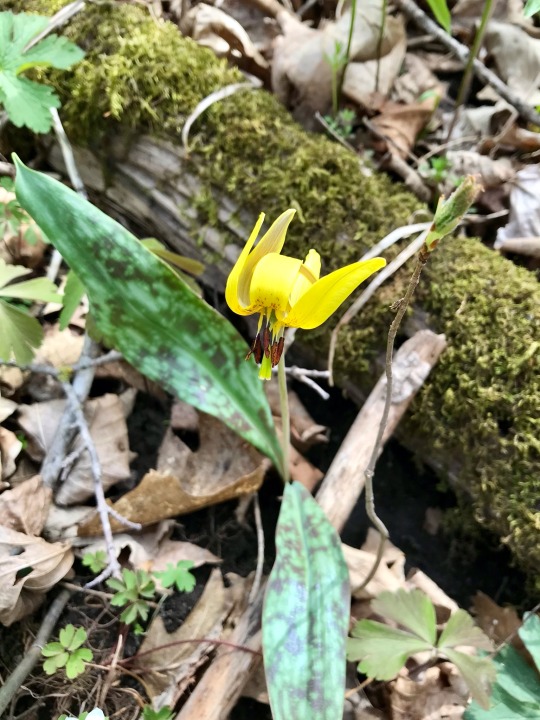
Virginia Bluebells (Mertensia virginica), Bloodroot (Sanguinaria canadensis), Dutchman’s Breeches (Dicentra cucullaria), Twinleaf (Jeffersonia diphylla), Yellow Trout-lily (Erythronium americanum)
Olmsted & Winona Counties, Minnesota
1 note
·
View note
Photo

Twinleaf Jeffersonia diphylla Floracliff Nature Sancutary, KY 24 March 2021
#twinleaf#jeffersonia diphylla#wildlflower#spring ephemeral#original photographers#imiging#photographers on tumblr#nature photography
20 notes
·
View notes
Photo







Hydrastis canadensis and Jeffersonia diphylla, along twinleaf creek, a well named tributary that eventually makes it’s way down to Laughery Creek at Versailles SP, IN.
Both Golden Seal and Twin Leaf were at one point poached heavily for different reasons, one was of medicinal value and the other was for aesthetic and collection gardens. As a midwestern plant Twin Leaf prefers karst layers with rich mesic soils that don’t dry out but are never fully saturated to the point where field capacity is exceeded; for this reason it is seen in mature-old growth mesic woods along open streamside edges of less turbulent streams. Goldenseal is found in similar locations; though, it can handle dry soil for a bit.
6 notes
·
View notes
Text
We All Reach For The Light



View On WordPress
0 notes
Text
Study in Jeffersonia Diphylla (Twinleaf)
Study in Jeffersonia Diphylla (Twinleaf)
Jeffersonia diphyllais “a somewhat uncommon spring woodland wildflower that is native from New York to Wisconsin south to Alabama and Virginia. It is usually found in limestone soils in rich damp woods. It is a clump-forming plant that typically grows to 8” tall when in flower in early spring, but continues to grow thereafter eventually reaching 18” tall by the time its fruit ripens. … Each…
View On WordPress
#Jeffersonia diphylla#native plants#spring#spring ephemerals#Thomas Jefferson#twinleaf#wildflower#woodland
0 notes
Video
youtube
How to Identify Twinleaf ( Jeffersonia Diphylla )
0 notes
Photo

Twinleaf (Jeffersonia diphylla) just emerging. #InTheGardenToday #flowerstagram #instaflower #spring #nativeplants #coldclimategardening
0 notes
Photo

Twinleaf Jeffersonia diphylla #nature #spring #woodland #wildflowers #gardening http://ift.tt/2oI8UWN
0 notes
Photo
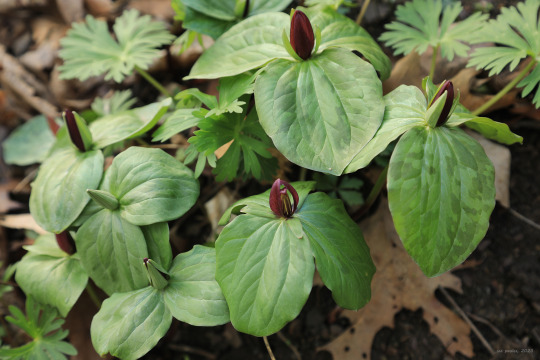

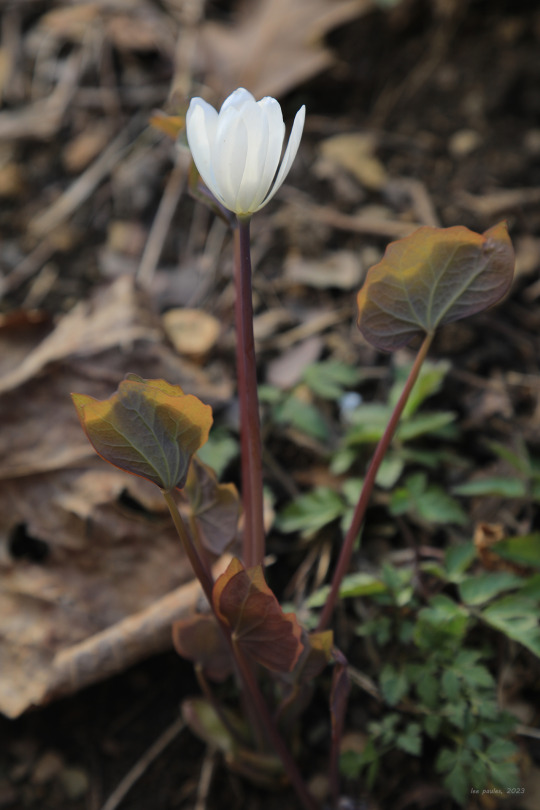
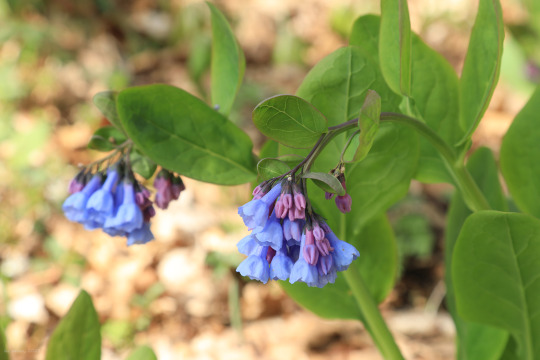




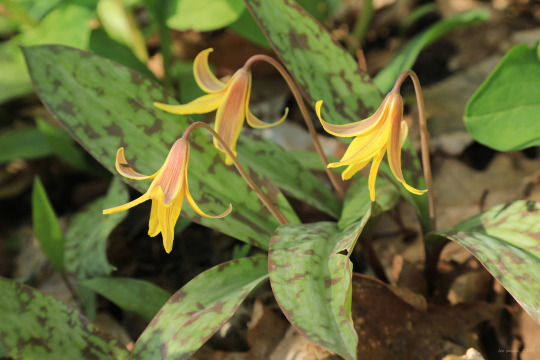

A few more treasures from my hike this past weekend in Core Arboretum. I’ve posted detailed descriptions of these ephemerals in the past. So if you want to learn more about these wildflowers, go to my main blog page and search on the plant's common name. You’ll also be rewarded with higher resolution photos. :-)
From top: sessile trillium (Trillium sessile); dwarf larkspur (Delphinium tricorne); twinleaf (Jeffersonia diphylla); Virginia bluebells (Mertensia virginica); Virginia spring beauty (Claytonia virginica); harbinger of spring (Erigenia bulbosa); cutleaf toothwort (Cardamine concatenata); Dutchman’s breeches (Dicentra cucullaria); yellow trout lily (Erythronium americanum); and great white trillium (Trillium grandiflorum).
#appalachia#vandalia#west virginia#spring#early april#wildflowers#spring ephemerals#core arboretum#sessile trillium#dwarf larkspur#twinleaf#virginia bluebells#virginia spring beauty#harbinger of spring#cutleaf toothwort#dutchman's breeches#yellow trout lily#great white trillium
125 notes
·
View notes
Photo



Jeffersonia diphylla
TwinLeaf
The transient flower of the forest, in bloom for such a short time before the breeze takes the petals away.
13 notes
·
View notes
Photo

Jeffersonia diphylla
#Jeffersonia diphylla#wildflower#wild flower#wildflowers#wild flowers#flower#flowers#plant#plants#garden#gardens#photo#photos#photography#nature#nature photos#nature photography#gardening
56 notes
·
View notes
Text
While away recently for a family funeral, spouse and I took two hours off from running errands, making calls, buying and arranging flowers, delivering food, and so on, to visit Mill Mountain Park in Roanoke, Virginia, on a chilly spring day (60F and windy!). Advertising for the park describes the trails at Mill Mountain Park as “some of the best in the area. The trails feature Roanoke’s highest point — the summit of Mill Mountain (1703 ft.) and the Roanoke Star. This area offers 900 acres of park space atop Mill Mountain, picnic areas, two scenic overlooks, access to additional trails, the Mill Mountain Zoo and the Mill Mountain Discovery Center.”


*
We first ambled through the wildflower garden, 2.5 acres of land “carefully planned, weeded, planted and maintained by [Mill Mountain Garden Club] members since 1971.” (In 2014, the club used the “lasagna method”, a version of sheet mulching, laying down newspapers and leaves to smother invasive plants and prepare the ground for planting.) Having just driven south 13 hours from northern New England, where crocuses were about all that was in bloom, the sight of spring ephemerals and other perennials already in bloom made our hearts sing.
The entrance, with white dogwoods and pink-blooming redbuds:


wildflower garden trail
First, three species of trillium:

white Trillium grandiflorum

closer view of white Trillium grandiflorum (I think … was surprised to see the pink blush)

yellow Trillium luteum in bud

close view of red Trillium sessile, I think (variegated leaves)

small colony of red Trillium sessile (I think)
Bloodroot (Sanguinaria canadensis) leaves (the flowers had already gone by):
Star of Bethlehem (Ornithogalum umbellatum) flowers; lots of people want to eradicate this little gem from their lawns and garden plots as it spreads quite rampantly:

Another ephemeral, Twin Leaf (Jeffersonia diphylla), the leaves only here; Wikipedia says they’re “uncommon spring wildflowers, which grow in limestone soils of rich deciduous forest:”

Virginia bluebells (Mertensia virginica) are also spring ephemerals; “[t]he flower buds of Virginia bluebells are pink due to a chemical called anthocyanin. When the flower is ready for pollination, it increases the alkalinity of the flower, changing the color to blue.” I guess these were almost all ready for pollination!


May Apples (Podophyllum peltatum) were colonizing and blooming. They always remind me of childhood, when I walked a mile or so to 3rd through 6th grades, mostly through a suburban neighbourhood but also through some woods, the closest of which to the elementary school was filled with these every spring. We called them Maypops, which is one of their common names. It’s said that when the May Apple leaves start to flatten, it’s morel season!



This is a plant commonly in flower early in springtime here in N.H., too, if it’s Uvularia sessilifolia (Wild Oats) as I think. But it could possibly be Uvularia puberula (Mountain Bellwort).

One non-ephemeral perennial in bloom this late April was Honesty (Lunaria annua), also known as Money Plant: “Like all members of the mustard family (Brassicaceae), the flowers have four petals. The leaves of Lunaria are roughly heart-shaped with a toothed edge. … The easiest way to identify honesty is by the unique, circular seed pods that form soon after the plant flowers. The shape of the pod calls to mind a coin, hence the name ‘money plant,’ or sometimes ‘silver dollar plant.'”


Another purple bloom, that of the dwarf crested iris (Iris cristata), I think:

This Red-Stem Stork’s Bill (Erodium cicutarium), also called Redstem Filaree, was a new one for me, even though it’s found in northern New England; it’s small, low-growing, and considered a lawn weed:

I also wasn’t previously aware of Primula elatior, oxlip, not native to the U.S.:

I think this is a wood or celandine poppy (Stylophorum diphyllum):

This is a species of Euphorbia, perhaps Euphorbia cyparissias (cypress spurge) or E. virgata (leafy spurge) — I’m inclining toward the latter:


I took this shot of a variety of blooms because I liked the way it looked, and the Plant ID group on Facebook helped me identify Packera aurea (Golden Ragwort — the orange-yellow daisylike flowers) and Geranium maculatum (Wild Geranium, the pale purple flowers) blooming.

The dogwoods were fully in bloom in Roanoke, both white and pink!

I had never seen this foliage before; it’s Arum italicum, also called Italian arum, Italian lords & ladies, and large cuckoopint. It’s not native to the U.S. but has been introduced to only seven states: Virginia, North Carolina, Illinois, Missouri, California, Oregon, and Washington. Its “[g]reenish ivory flowers resemble those of its relative, Jack-in-the-Pulpit, and appear in midsummer followed by stunning orange-red berries” (per White Flower Farm). It’s very poisonous.

We saw a bluebird while in the wildflower garden, too, but a bit far away; still, it’s recognisable.

*
After basking in the wildflowers, we just had time for a 30-minute walk on the Star Trail before prepping for the funeral visitation at 3 p.m. If I’m ever in Roanoke again, I hope to walk more of these trails; they’re not challenging, if you hike or walk much, through some can be a bit steep, and they are all short — ranging from the .22 miles of the Watchtower Trail to about 1.5 miles, the Monument Trail — but they interlock with each other and the roads up the mountain, so you can create a longer walk or hike, and they are only a few minutes from downtown, though, in fact, it felt to me like the sort of place you might run into a bear. And the views of the Roanoke Valley on a clear day — which we had — from the top of Mill Mountain (where you park), are forever.



There’s a handy sign mapping local mountains in view, with their elevation and distance away:

*
The trail map, posted on a kiosk, was useful and seemed accurate for the most part, except that we could not find the Mill Mountain Greenway (inset map) — we walked around for about 20 minutes hunting for it.

*
Some photos from the Star Trail (yellow).

Star Trail entrance (shows blue marking but it’s actually yellow)

on the trail

Star Trail with yellow trail marking

some of the trail was rock or gravel, some clay, with a bit of washout in places, but it wasn’t a wet day, so no problems walking it

I’m always happy to find Spotted Wintergreen (Chimaphila maculata), here with a trio of tuffet-shaped seedheads

more Spotted Wintergreen (Chimaphila maculata) plants — there were lots of them in multiple locations on the trail

mosses

Pearl Crescent butterfly (probably) with some damage but it was flying OK

boulder along trail

a duskywing (Erynnis sp.) butterfly

duskywing (Erynnis sp.) butterfly on blueberry buds

well-marked trails

bench near trail marker

Largus sp. (bordered plant bug) on a rock along the trail
Off the trail, we saw and moved this handsome millipede in the parking lot!

*
Thanks for taking this field trip with me!

Field Trip: Mill Mountain, Roanoke, VA While away recently for a family funeral, spouse and I took two hours off from running errands, making calls, buying and arranging flowers, delivering food, and so on, to visit Mill Mountain Park in Roanoke, Virginia, on a chilly spring day (60F and windy!).
#butterflies#Italian Arum#Lunaria annua#May Apple#Mill Mountain Park#Mill Mountain trails#Mill Mountain Wildflower Garden#Roanoke#Roanoke VA#spotted wintergreen#spring ephemerals#spring wildflowers#trillium#Twin Leaf#virginia#Virginia Bluebells#wildflowers
2 notes
·
View notes
Photo
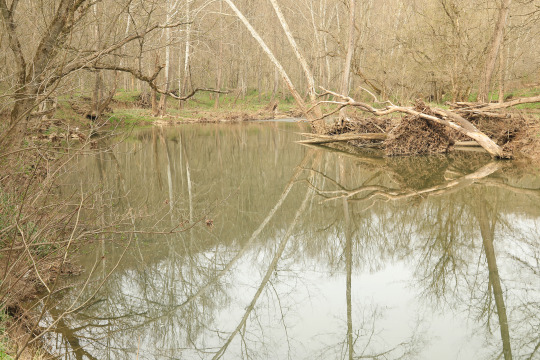
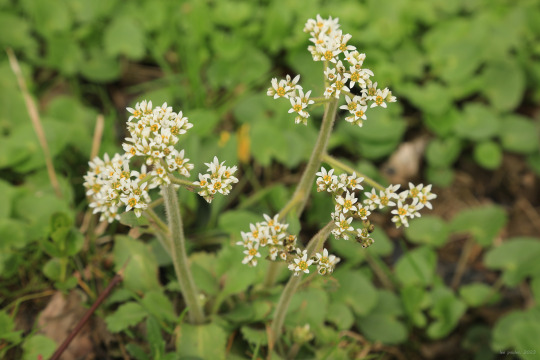

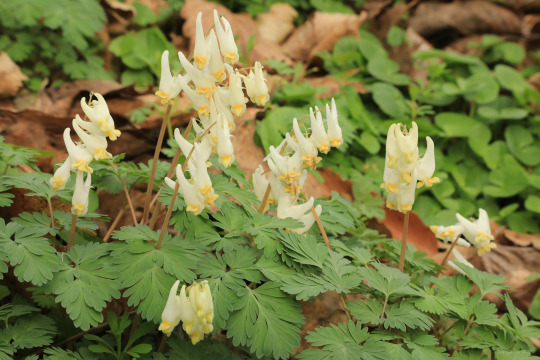

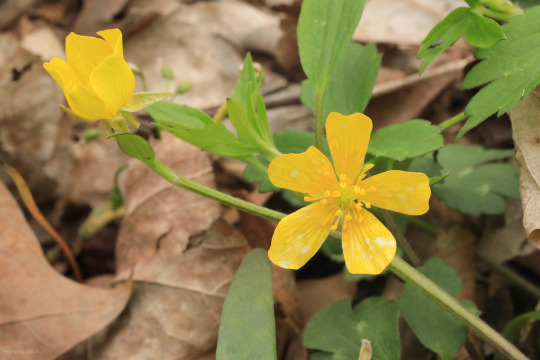

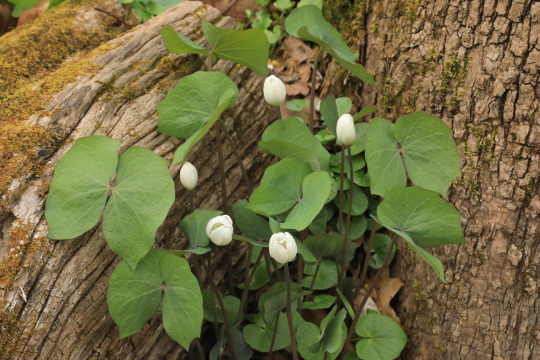

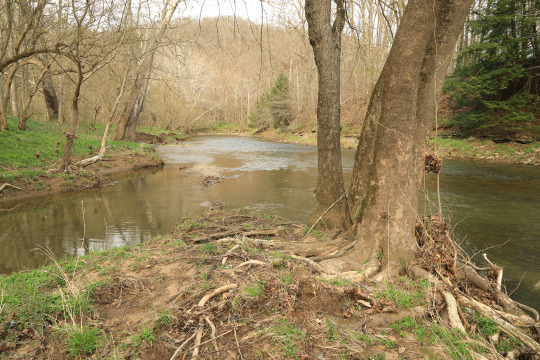
Early spring on Dunkard Creek. From top: early saxifrage (Micranthes virginiensis); great white trillium (Trillium grandiflorum); Dutchman’s breeches (Dicentra cucullaria); rue anemone (Thalictrum thalictroides); hispid buttercup (Ranunculus hispidus); red trillium (Trillium erectum); twinleaf (Jeffersonia diphylla); and Virginia bluebells (Mertensia virginica).
#appalachia#vandalia#west virginia#april#spring#wildflowers#dunkard creek#mason-dixon historical park#early saxifrage#great white trillium#dutchman's breeches#rue anemone#hispid buttercup#red trillium#purple trillium#wake robin#twinleaf#virginia bluebells
110 notes
·
View notes
Photo





Twinleaf (Jeffersonia diphylla) is an unusual spring ephemeral immediately recognizable by its divided leaf structure, composed of two symmetrical lobes with shallow to broadly-toothed margins. Its flowers, which superficially resemble those of bloodroot but with distinctive, pear-shaped ovaries, emerge in early April when the leaves are at about half of their mature height and drop their delicate white petals shortly after pollination. In my experience, bloom time for this plant is less than a week, so if you snooze, you lose. Also known as Jeffersonia in honor of Thomas Jefferson, this lovely perennial is one of Appalachia’s most threatened wildflowers due to habitat loss and competition from invasive species, such as garlic mustard. Fortunately, it seems to be holding its own along the Mon River Trail.
#appalachia#vandalia#west virginia#flora#wildflowers#spring#ephemeral#jeffersonia diphylla#jeffersonia#twinleaf#rheumatism root#mon river trail
67 notes
·
View notes
Photo

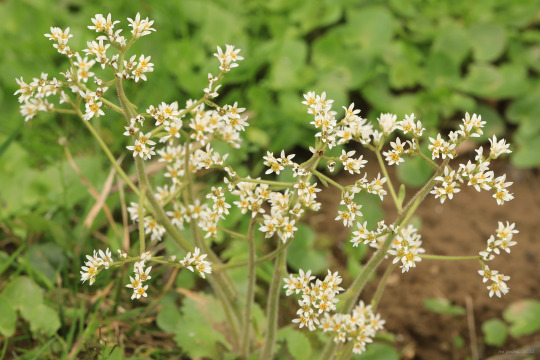



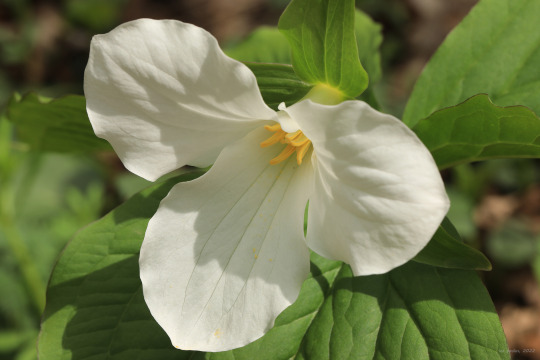
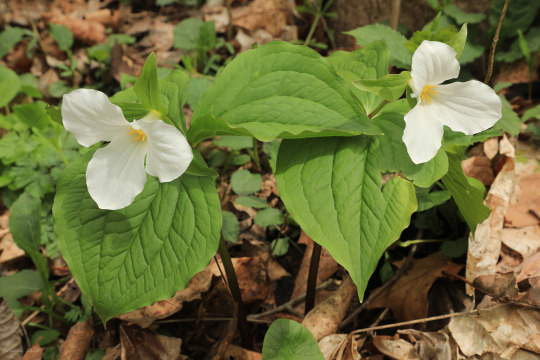



In honor of fishdetective, yet another barrage of tiny flower close-ups - courtesy of the riparian habitat along Dunkard Creek.
From top: early saxifrage (Micranthes virginiensis); azure bluet (Houstonia caerulea), also known as Quaker ladies; Dutchman’s breeches (Dicentra cucullaria); great white trillium (Trillium grandiflorum); swamp buttercup (Ranunculus septentrionalis); twinleaf (Jeffersonia diphylla); and sessile trillium (Trillium sessile), also known as toadshade and toad trillium.
Field Notes:
1. Early saxifrage is most at home in the moist cracks and crevices of rock outcroppings, but occasionally takes to streambanks. All the saxifrages are quite beautiful and many are edible, although somewhat bitter-tasting.
2. Although botanists dispute whether or not swamp buttercup is a distinct species from hispid buttercup (Ranunculus hispidus), both plants are capable of producing striking pops of yellow color along seeps and springs from mid-spring to early summer. Our native buttercups can be distinguished from the infamously-invasive creeping buttercup (Ranunculus repens) by their upward growth habit, more deeply-cleft leaves, and lack of white blotches on the leaves.
3. Easily identified by its twin-lobed leaves resembling angel wings, twinleaf is one of Appalachia’s most unusual wildflowers. The plant’s fragile, white flowers have a very short bloom period (less than a week), in part because the petals are easily blown apart by the slightest breeze. Twinleaf is extremely picky about where it grows and is becoming increasingly rare throughout its range.
4. How could you not love a plant with the name of “toadshade”? I always lift the bracts just to check.
#appalachia#vandalia#west virginia#pennsylvania#spring#flora#wildflowers#dunkard creek#mason-dixon historical park#micranthes virginiensis#early saxifrage#early small-flowered saxifrage#houstonia caerulea#azure bluets#quaker ladies#dicentra cucullaria#dutchman's breeches#trillium grandiflorum#great white trillium#ranunculus septentrionalis#swamp buttercup#jeffersonia diphylla#twinleaf#trillium sessile#sessile trillium#toadshade#toad trillium
182 notes
·
View notes